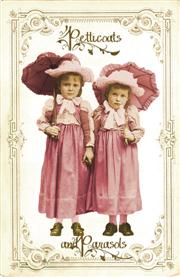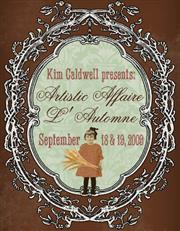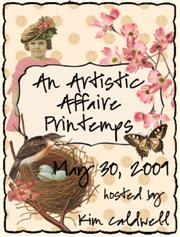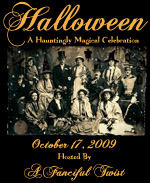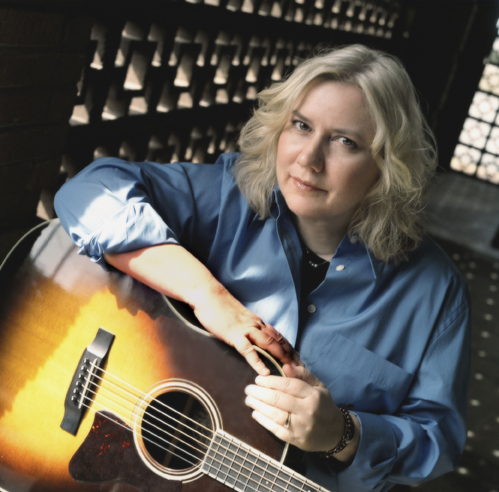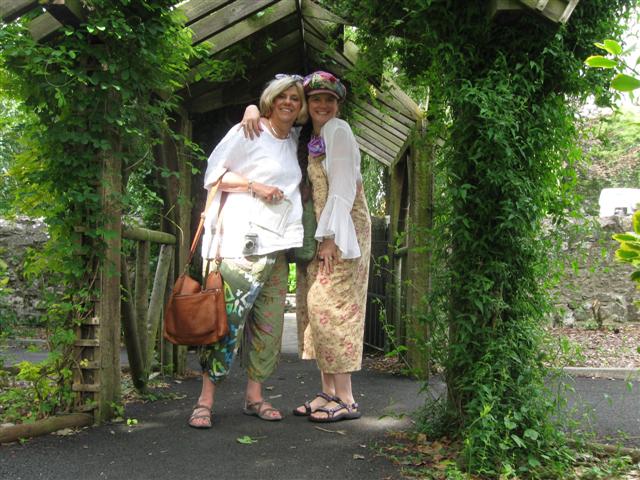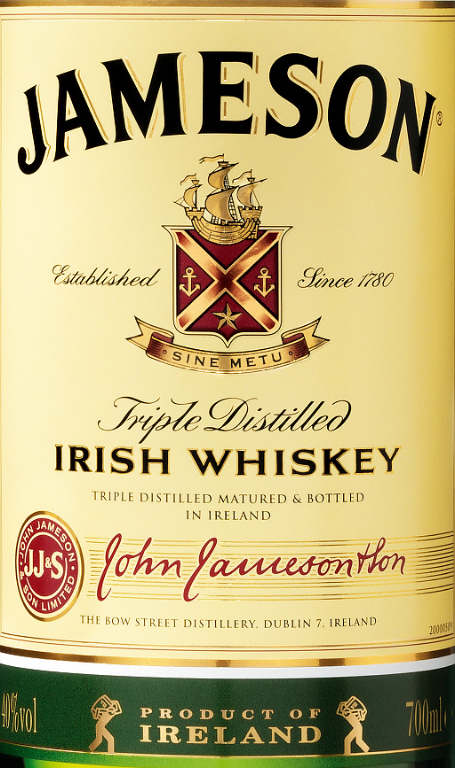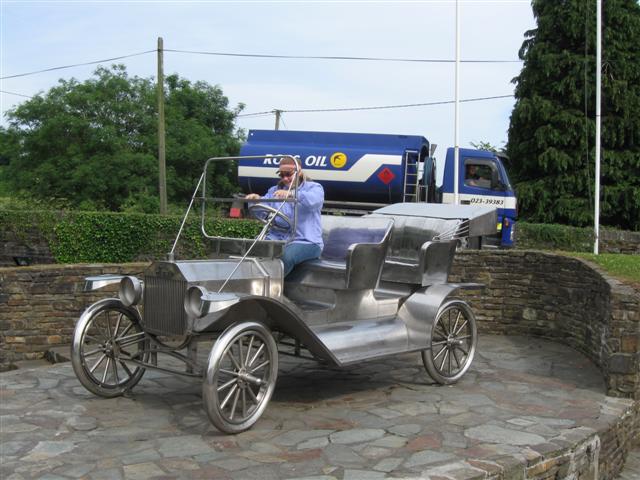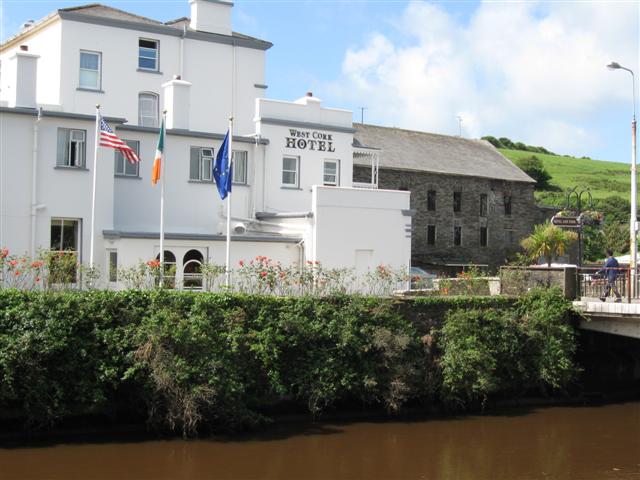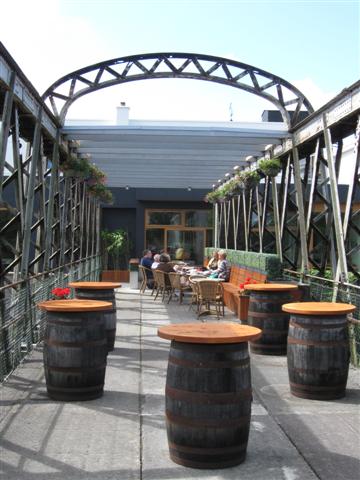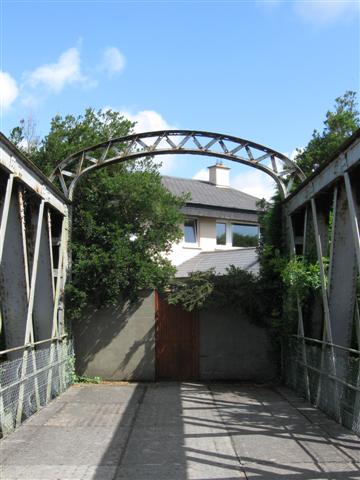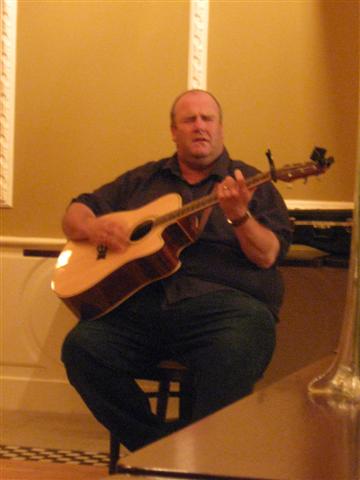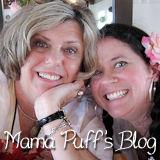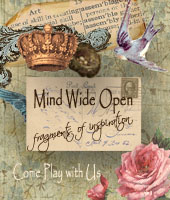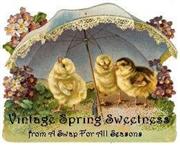The second day of our tour, we walked across the street and took a tour of the Skibbereen Heritage Centre. They have a wonderful exhibit on The Great Famine — it is known as The Great Hunger in Ireland. There are a lot of misconceptions about this era in Irish history. Perhaps the biggest was the fact that there was lots of food available but the powers that be were shipping it over to England. Something about not wanting to drop the prices of certain crops — sound familiar? Also, pre-Famine, the population was around 8 million people. Today it is only 4 million. 1 million died, 1 million emigrated and 2 million are unaccounted for. It really did a damage on the Irish psyche. Some historians compare it to the Holocaust. As we traveled further north, there were still reminders of the period — “famine walls.” The Victorian thought-process was you couldn’t get a handout without doing work. Officials demanded that people build walls in order to get food (sorta hard to do manual labor when you’re starving to death, I digress). Once up in the Burren, we could see rock walls leading to no where — very sad. Another interesting tidbit I learned was that the Choctaw Indians donated money to Ireland during this time in order to help the people. Today, Ireland is a big contributor to African relief efforts — think Bono.
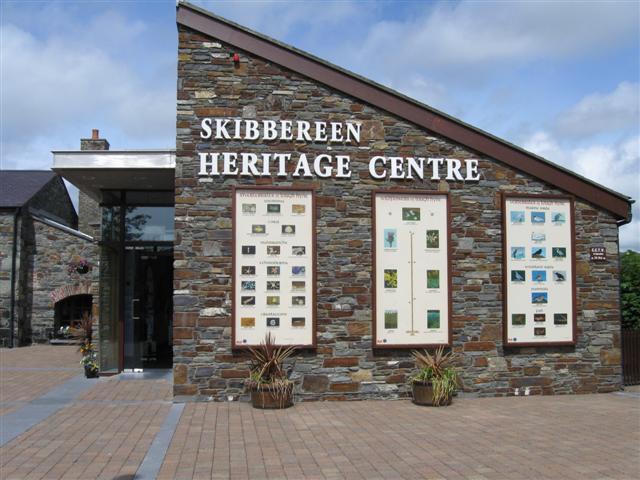
I can’t remember the curator’s name, but she was one sharp woman.
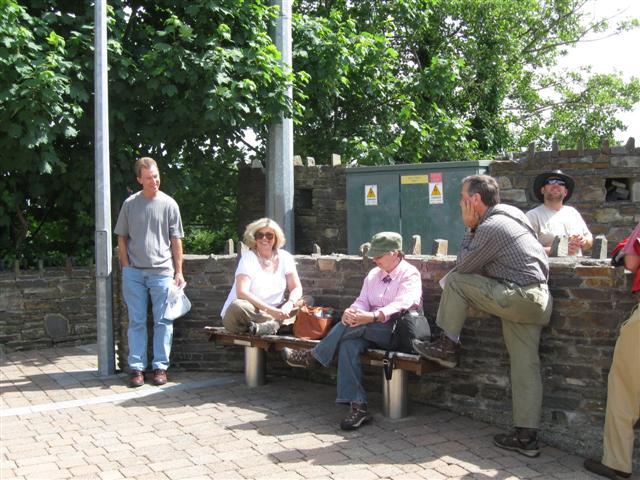
Mom hanging out with some of the members of our tour.
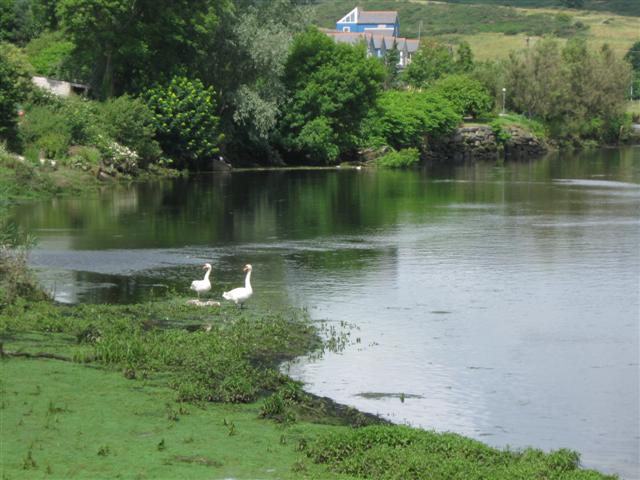
The river ran right next to the Heritage Centre and I spotted some swans. Swans were actually everywhere in Ireland. I knew better than to get close, however, they are pissy birds!
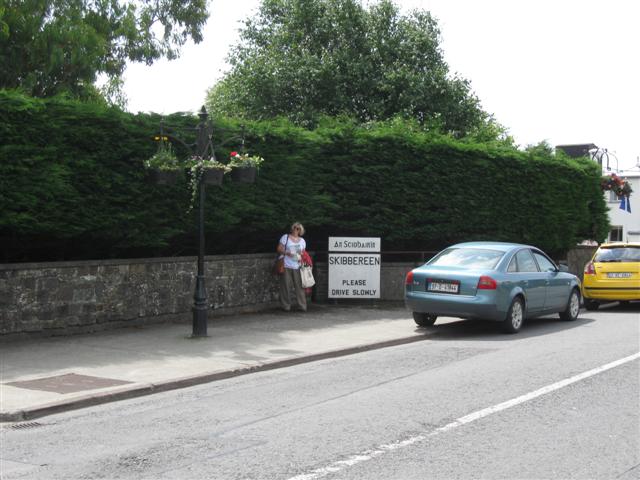
Mom on the streets of Skibbereen.
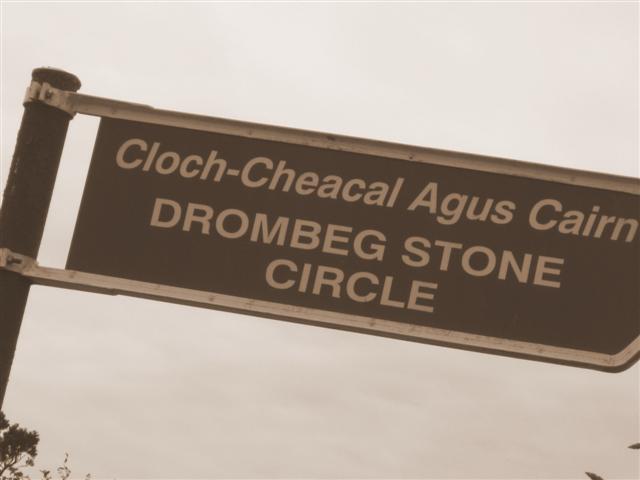
After visiting the Heritage Centre, we headed up to the Drombeg Stone Circle. This was amazing!
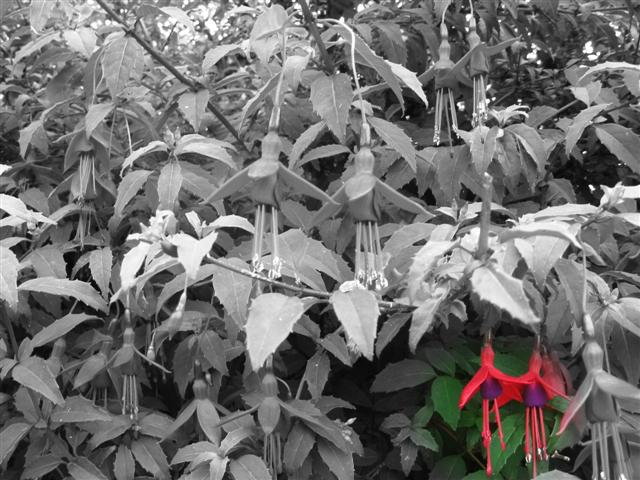
There was a short path down to the stones, and gorgeous fuschia was all around. We can’t grow fuschia very well in the states because it is too darn hot. Apparently it is native to Portugal and they were brought over quite a while ago.

The circle was incredible. I had never seen anything like it. According to Wikipedia, “The stone circle consists of seventeen closely spaced stones spanning 9m (29ft) in diameter, of which 13 survive. The most westerly stone (1.9m high) is the long recumbent and has two egg shaped cup-marks, one with a ring around it. A “Cork-Kerry type” stone circle, it is flanked by a pair of 1.8m high axial portal stones, which provide a south-west axis, and orientate the monument in the direction of the setting sun during the midwinter solstice. The stones in the circle have been shaped to slope upwards to the recumbent stone, the midpoint of which was set in line with the winter solstice sunset viewed in a conspicuous notch in the distant hills. While the alignment is good, it is not precise.
The ruins of two round stone walled conjoined prehistoric huts and a fulacht fiadh lie just 40m west of the monument. Evidence suggests the fulacht fiadh was in use up until the 5th century AD. The larger of the huts had a timber roof supported by a timber post. The smaller hut had a cooking oven on its east side. A causeway leads from the huts to the cooking place (fulacht fiadh) featuring a hearth, well and trough in which water was boiled by adding hot stones.
The site was excavated and restored in 1958. During this process a pot was found in the centre of the circle, containing the cremated remains of a young adolescent wrapped with thick cloth. Carbon dating of samples taken from the site suggest that it was active c. 945 – 830 BC. The pot was buried near the centre of the circle along with 80 other smashed sherds, four bits of shale and a collection of sweepings from a pyre.” Talk about ancient!
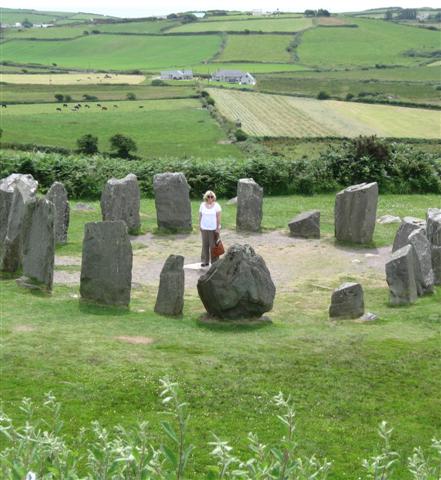
I love Mom standing in the center. Check out that background! The scenery was gorgeous.
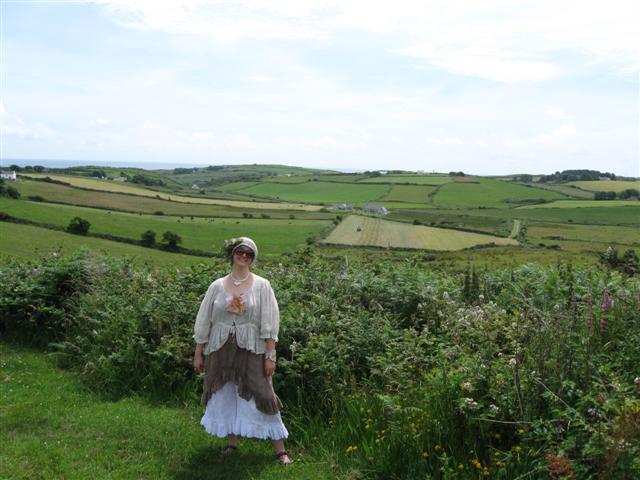
Me in my Magnolia Pearl duds. Tom (the tour guide) loved the outfit and thought I looked like I was in my Victorian pajamas. Tee hee! In the background, you can see the ocean. Breathtaking!
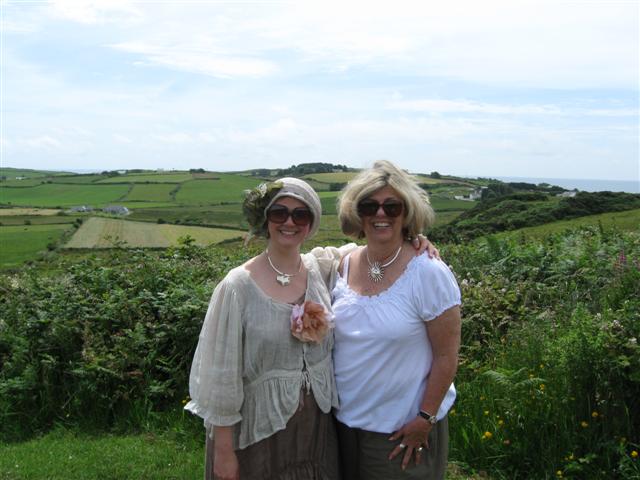
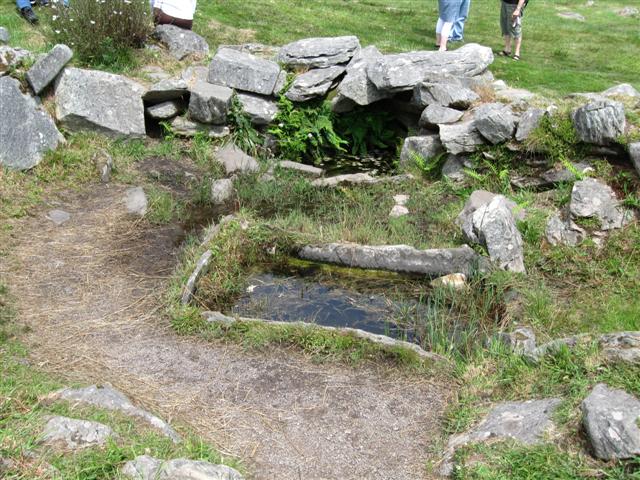
Further up the hill was the remnants of 2000+ year old cooking hut. Too cool!
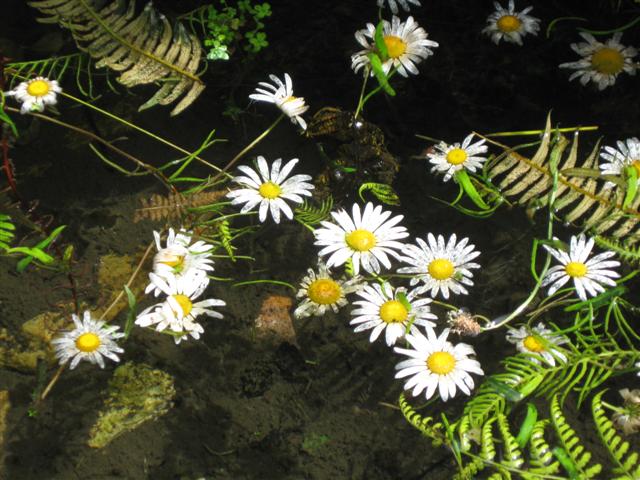
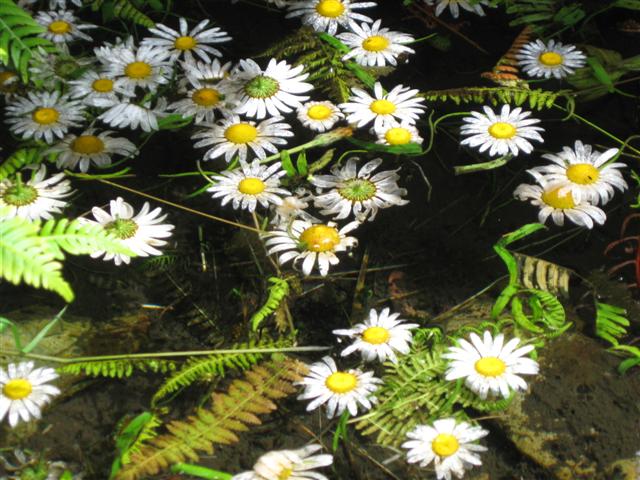
These water flowers are growing in what used to be one of the cooking pits. It’s fascinating to think about who used them all those many years ago. Once we were there for a while, Tom gathered us around and sang the most beautiful song acapella. It is my new favorite!
He didn’t pretend to know what it means, but he felt it was a spiritual song and appropriate for the place. It’s one of those moments I’ll always remember.
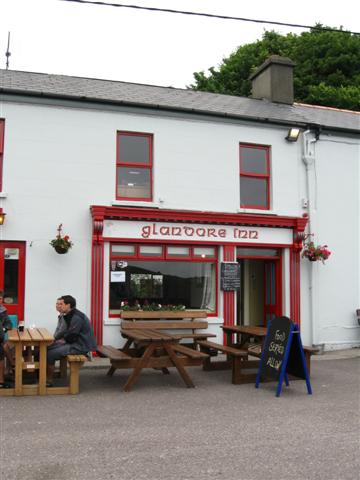
On our way back home, we stopped off at the adorable village of Glandore — the name reminds me of something from Tolkien.
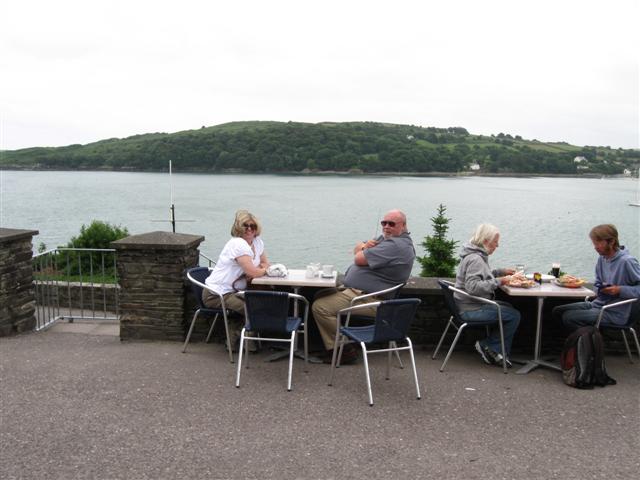
Tom and Mom eating lunch together.
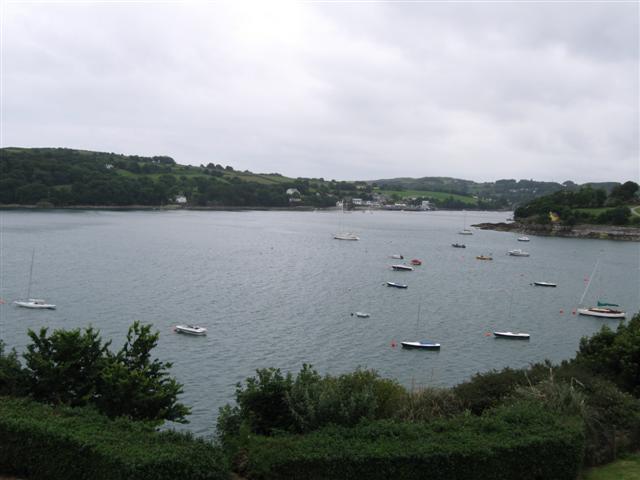
A view of the harbor.
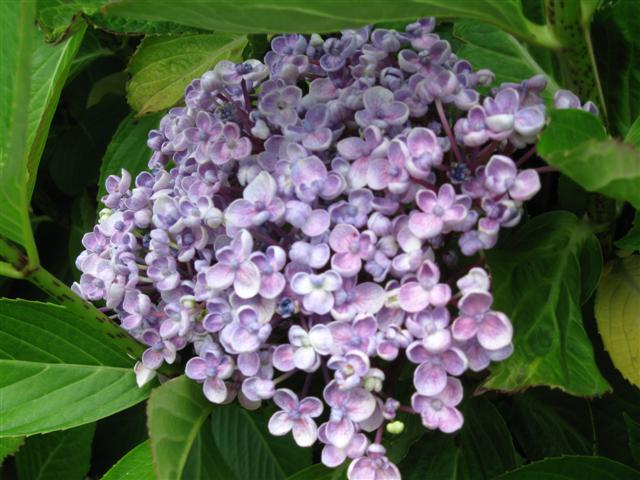
I walked down to the water, and there were gorgeous hydrangeas blooming. They are my favorite flower!
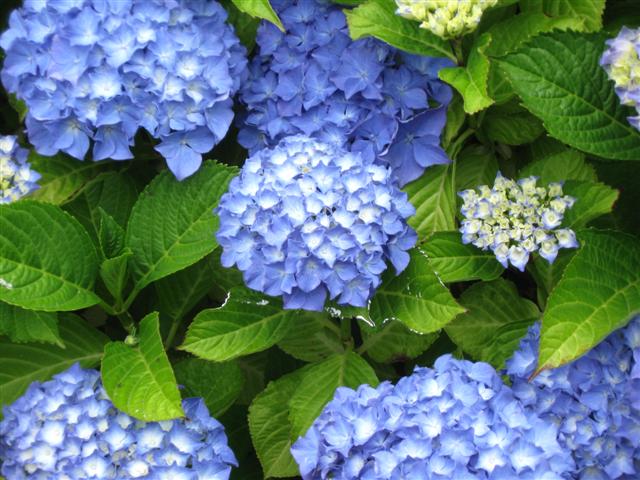

Check out those colors! The yellow flowers in the bottom left are St. John’s Wort. Need a pick-me-up? 😀
Once back at the hotel, we had a nap and then headed out to dinner and the pub Mickey Finn’s in Clonakilty. It was awesome! We had a great time and Kate even sang a few of her most popular songs. Too cool!
